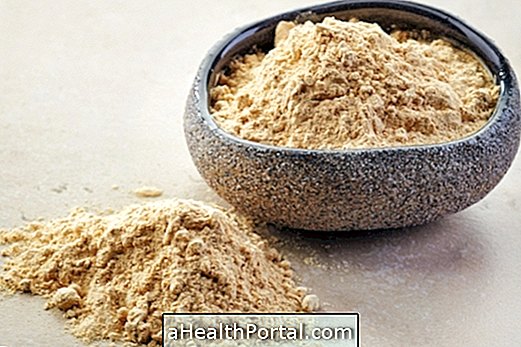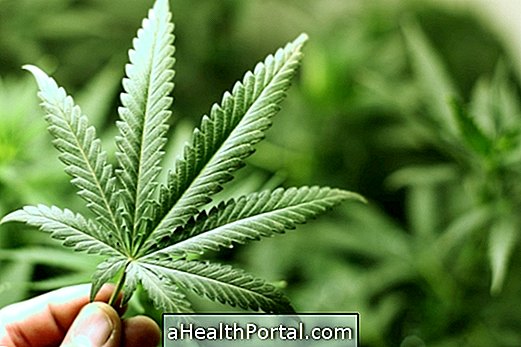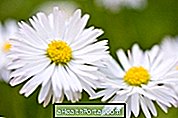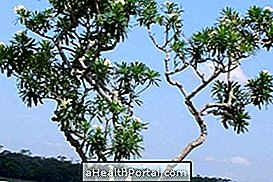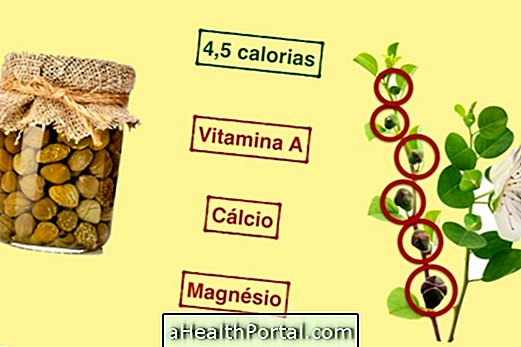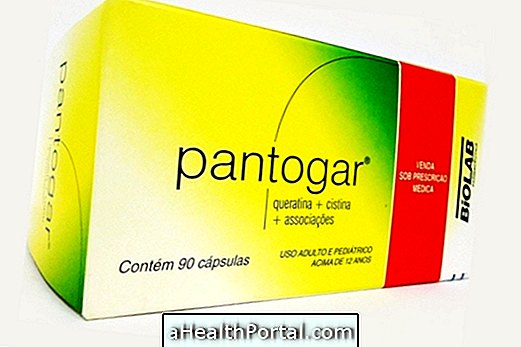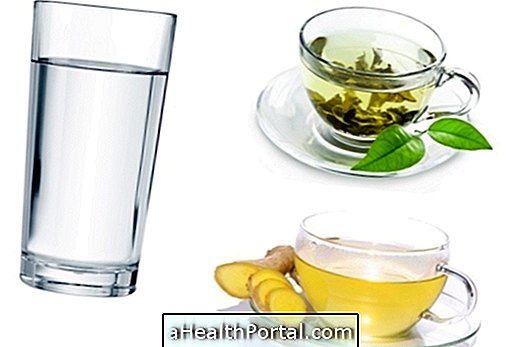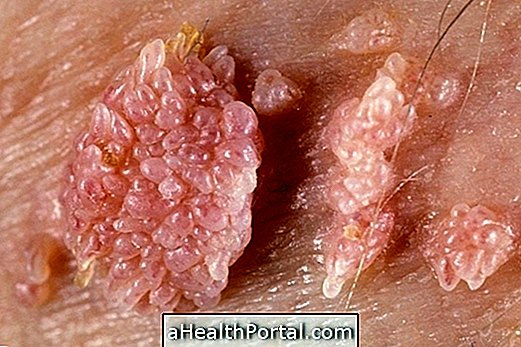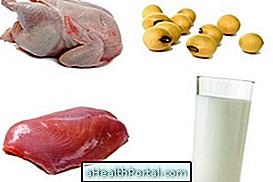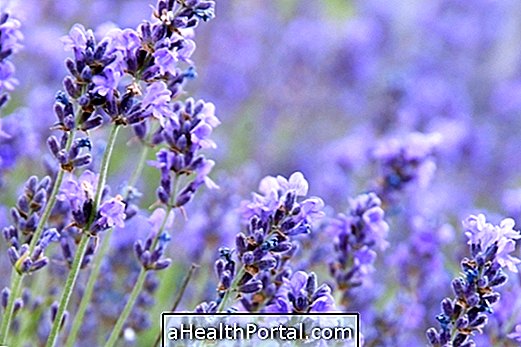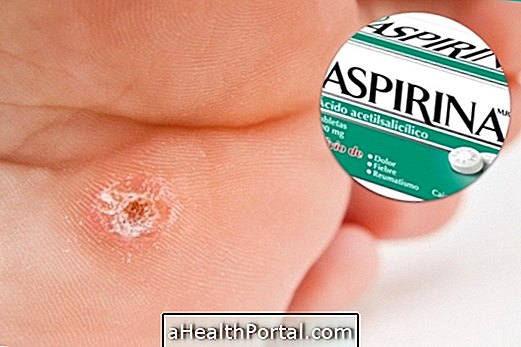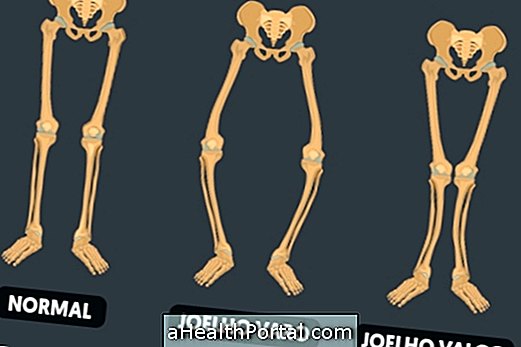Improving digestion and decreasing nausea are some of the benefits of mint tea, which can be prepared using the common mint, also known as Mentha spicata and another species known as peppermint or Mentha piperita.
Mint is an aromatic herb that can be used in cooking and for medicinal purposes because it has analgesic, antispasmodic, aphrodisiac and analgesic action and is a great tea to take after meals because it helps in digestion. It also has anti-parasitic action being useful for combating amoebas and giardia, for example.
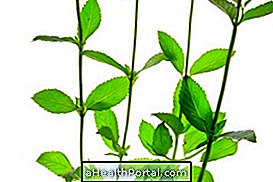

What is the mint
Mint tea is great for treating various health problems, such as:
- Poor digestion, nausea or vomiting;
- High cholesterol;
- Headache;
- Menstrual cramps;
- Nasal or pulmonary congestion, especially in cases of influenza or colds with cough;
- Abdominal pains, due to anti-spasmodic action;
- Insomnia;
- Diarrhea with blood;
- Genital trichomoniasis;
In addition, this medicinal plant also helps to eliminate worms.
Mint can be used in forms other than tea, such as capsules with oil or dry plant extract or in the form of essential oil for skin or aromatherapy. This is also an aromatic herb easy to have at home in a pot because it requires little care and combines very well with pineapple or lemon juice, drinks and even yogurt sauces in savory dishes like seasoning, for example.
Mint tea recipes
Teas can be prepared using both types of mint, according to the desired benefits.
1. Mint tea with cinnamon and ginger for weight loss

This tea should be prepared with any kind of mint, adding ginger and cinnamon because these other ingredients help you to lose weight.
Ingredients:
- 6 mint leaves;
- 1 stick of cinnamon;
- 1 cm ginger root;
- 180 ml of water.
Method of preparation:
Add the ingredients in a saucepan and simmer for a few minutes. Then stand until crumb and then strain and take without sweetening, throughout the day.
2. Common Mint Tea for Fever

Mint leaves tea, when combined with ulmaria or queen of the meadows and with bitter orange, is good for the treatment of fever as it promotes increased sweating. In addition, it is also good for respiratory problems such as cough, asthma, flu, hoarseness, runny nose and nasal congestion.
Ingredients :
- 15 g of common mint leaves;
- 70 g of linden flowers;
- 10 g of queen of the meadows;
- 5 g of bitter orange.
Method of preparation :
In a cup of tea add 1 tablespoon of the plant mix and add 150 ml of boiling water. Let stand for 10 minutes and strain. This tea should be drunk several times a day, and preferably always before bedtime to help sweat.
3. Mint tea for stomach pain

Common mint leaf tea, when combined with crushed licorice root and chamomile flowers, is good for treating inflammations in the stomach like gastritis, or in cases of gastric ulcer. Learn how to identify a gastric ulcer.
Ingredients :
- 1 teaspoon fresh or dried mint leaves;
- 1 teaspoon of crushed licorice root;
- half a teaspoon of chamomile flowers.
Method of preparation :
Add the respective amounts of each plant in a cup of tea and add 150 ml of boiling water. Let stand for 5 to 10 minutes and strain. This tea should be drunk 3 to 4 times a day to help soothe the stomach. See more about properties of this plant in Hortelã.
4. Peppermint Tea for Colic or Gasses

Peppermint tea is good for combating menstrual cramps and intestinal gas.
Ingredients :
- 2 teaspoons of dried whole or crushed mint leaves of peppermint or 2 to 3 fresh leaves;
- 150 ml of boiling water.
Method of preparation :
Place the peppermint leaves in a cup of tea and fill with boiling water. Allow the infusion to stand for 5 to 7 minutes and strain. This tea should be drunk 3 to 4 times a day and preferably after meals.
5. Peppermint tea to improve digestion

Peppermint tea when combined with dried fennel or fennel seeds and melissa leaves, can be used for the relief of stomach pains and spasms.
Ingredients :
- 2 teaspoons dried mint leaves;
- 2 teaspoons of fennel or fennel seeds;
- 2 teaspoons of lemon balm.
Method of preparation :
Put 1 tbsp of the previous mixture into a cup of tea and fill with boiling water. Allow the infusion to stand for 10 minutes and strain. This tea should be drunk very hot, 2 to 3 times a day, and preferably after or between meals. See more about peppermint properties.
6. Thick leafminer tea to loosen phlegm

This tea is very good for fighting respiratory diseases like influenza or cold.
Ingredients:
- 6 chopped leaf mint-thick-leaf;
- 150 ml of boiling water.
Method of preparation:
In a cup add the water over the chopped and kneaded leaves and let stand for 5 to 7 minutes. Coar, sweeten with honey and take 3 to 4 cups a day.
7. Common Mint Tea Against Diarrhea

Mint leaves tea is good for digestion aid, to reduce nausea and vomiting and to calm the intestine.
Ingredients :
- 2 to 3 tablespoons fresh, dried or crushed mint leaves;
- 150 ml of boiling water.
Method of preparation :
In a cup add the mint and boiling water. Cover and let stand for 10 minutes. This tea should be drunk 3 to 4 times a day, and preferably after or between meals.
How to Plant Mint
Mint is easy to grow and can be taken home on a plot or a potted plant. It is necessary to keep the soil moist and well treated with fertilizers, such as chicken manure. It only produces flowers when it is in humid lands, but prefers sandy soils, well drained, and it is therefore advisable to keep the plant in a pot or in a flower pot, at the top, for example.
It is necessary to prune the mint regularly, which can be done when removing some stalks for consumption.
When it should not be taken
Mint tea is contraindicated during pregnancy because it may affect the baby, and is not indicated for children under 5 years of age.
